Loop Back: Creamette’s Beginnings in the North Loop
Built in 1896, the facility at 428 North 1st Street was originally a farm implement warehouse for the Champion Company’s line of binders, mowers and reapers.

Champion brochure
But 20 years later, it took on a much different identity. It became a noodle factory, churning out a new kind of macaroni that brought change to America’s kitchens.
Creamettes were invented by a North Loop grocer named James T. Williams. His store was not far away from this facility, at 215 Washington Avenue North.
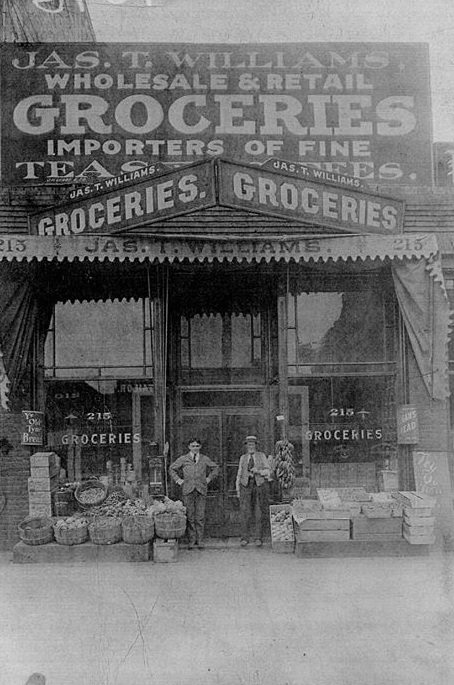
James Williams’ grocery store on Washington Avenue
Back then, thick dry pasta took more than 30 minutes to cook. But Williams invented a lighter macaroni with thin walls and a large opening that cooked in about 12 minutes. He called it “the cream of the crop,” which led to the name Creamettes.
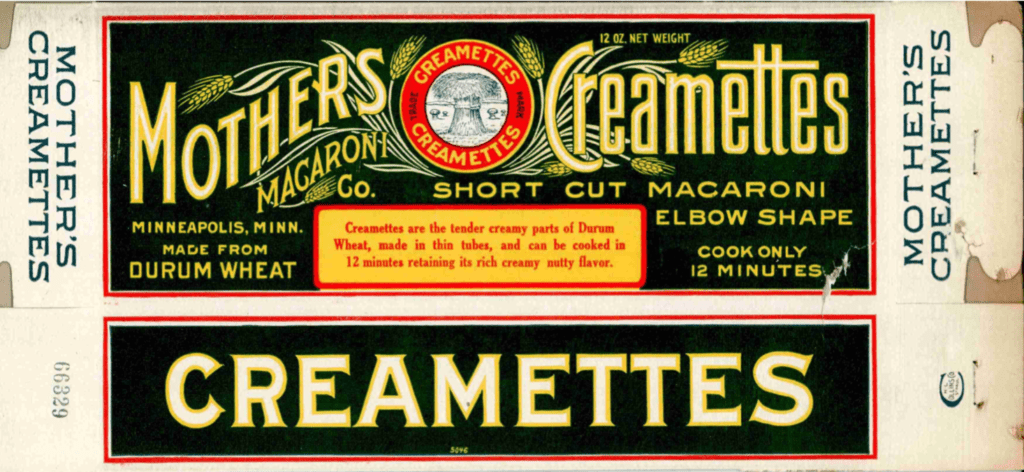
Original packaging of Creamettes
This convenient new breakthrough was first sold through a North Loop company known as Mother’s Macaroni, down the street on 3rd Avenue North. Within a few years, though, Creamettes had become such a hit, Williams bought out Mother’s and eventually renamed it, The Creamette Company. They moved into the building on 1st Street in 1916.
Williams and his wife, Louise, had five kids and the little girl with the big dark eyes who appeared on the Creamette boxes was their daughter, Peg.
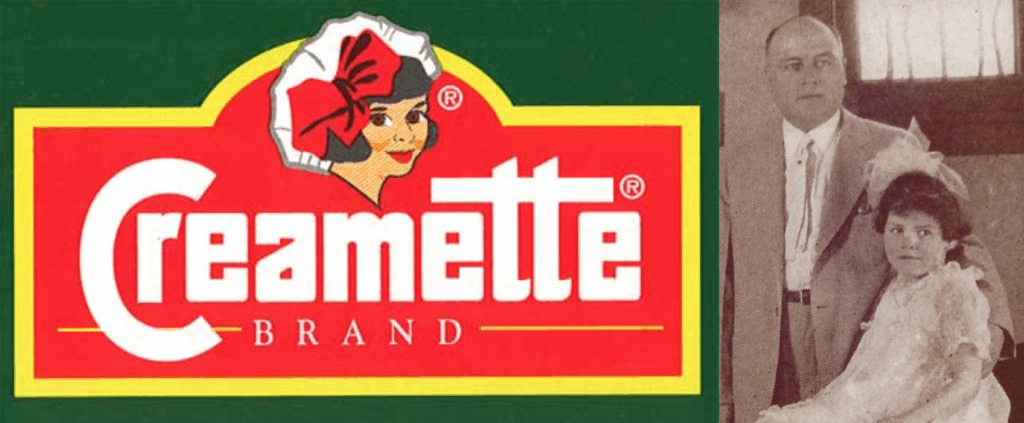
James Williams with daughter Peg, whose likeness appeared on Creamette boxes for decades
We talked with John Linstroth, Peg’s son.
“I enjoyed showing people the packaging and saying, ‘this is my mother,’” Linstroth said.
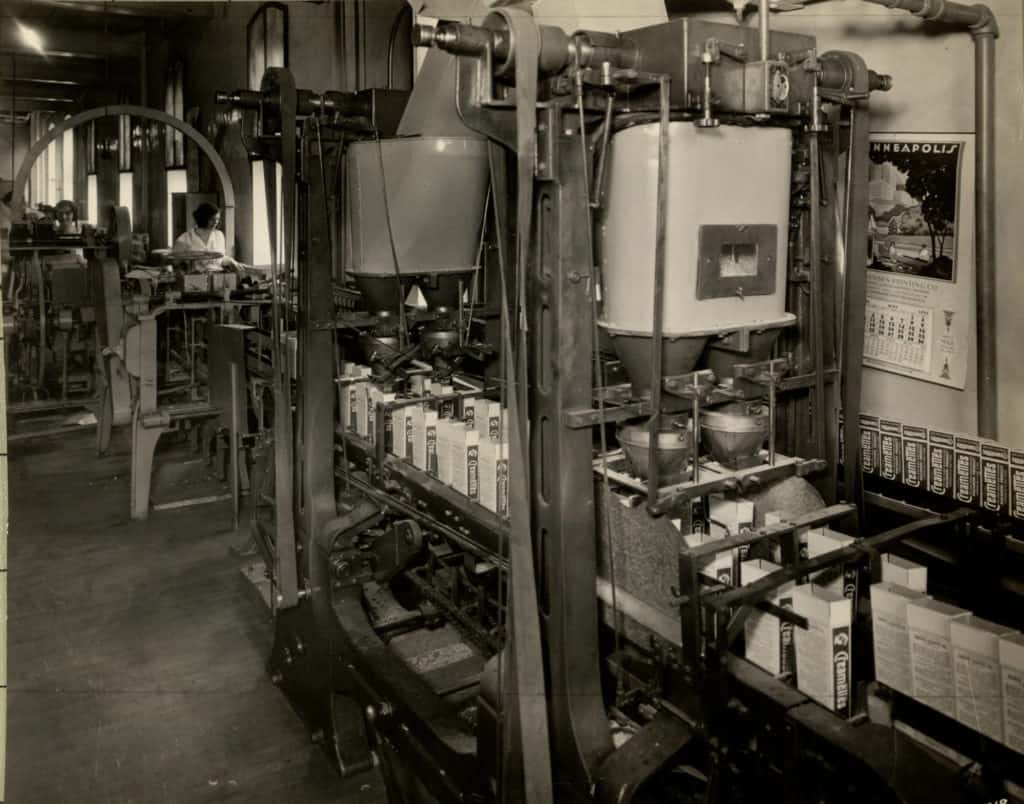
1931 photo: Hennepin County Library
As a boy, John spent a lot of time at the factory with his grandfather. “And his office was the large glass window on the right hand side,” he said. “Now I could walk from his office to the factory floor where the presses were, the macaroni presses, and I could reach up, and I could touch the macaroni coming out of the press and then take a handful and make like a snowball with the macaroni.”

The Creamette Company operated out of this facility for several decades. It was eventually sold to Borden in the late 1970s, but the Creamette sign remains on the building to this day.
“There’s a lot of pride in myself and the family that it’s still here,” said Linstroth. “It’s interesting that the city of Minneapolis and the people would consider it something important to the history to preserve so I’m very proud of that.”
The building was designed by one of the most prominent architectural firms of its time, Long and Kees, which also designed Minneapolis City Hall and the Lumber Exchange building downtown.
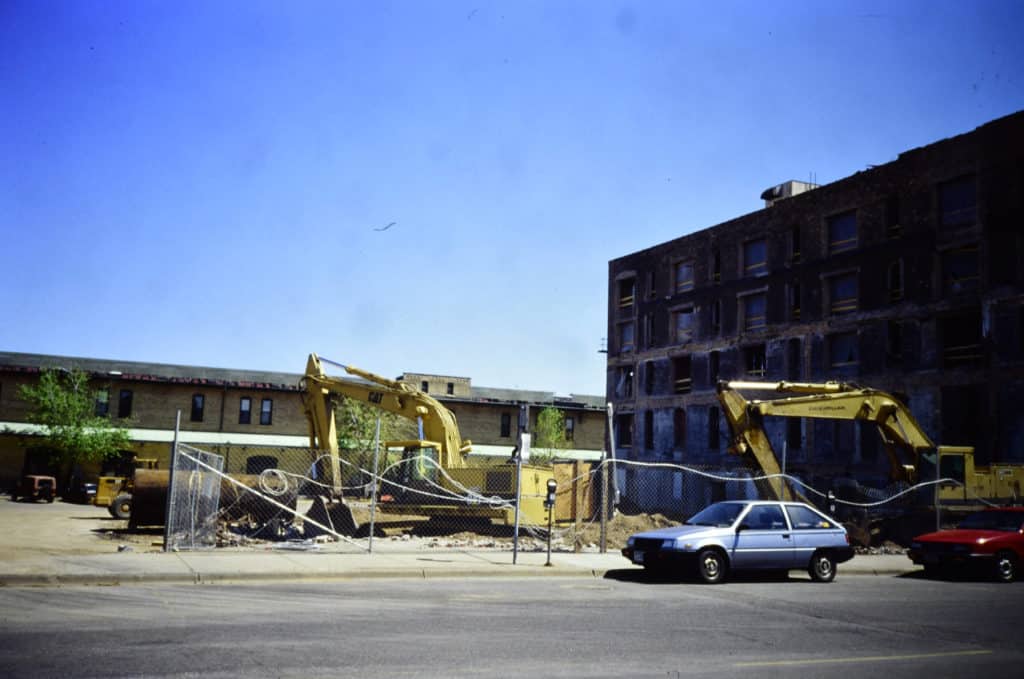
In 1998, the adjacent building was torn down to make way for a new residential building, named Creamette Historic Lofts.
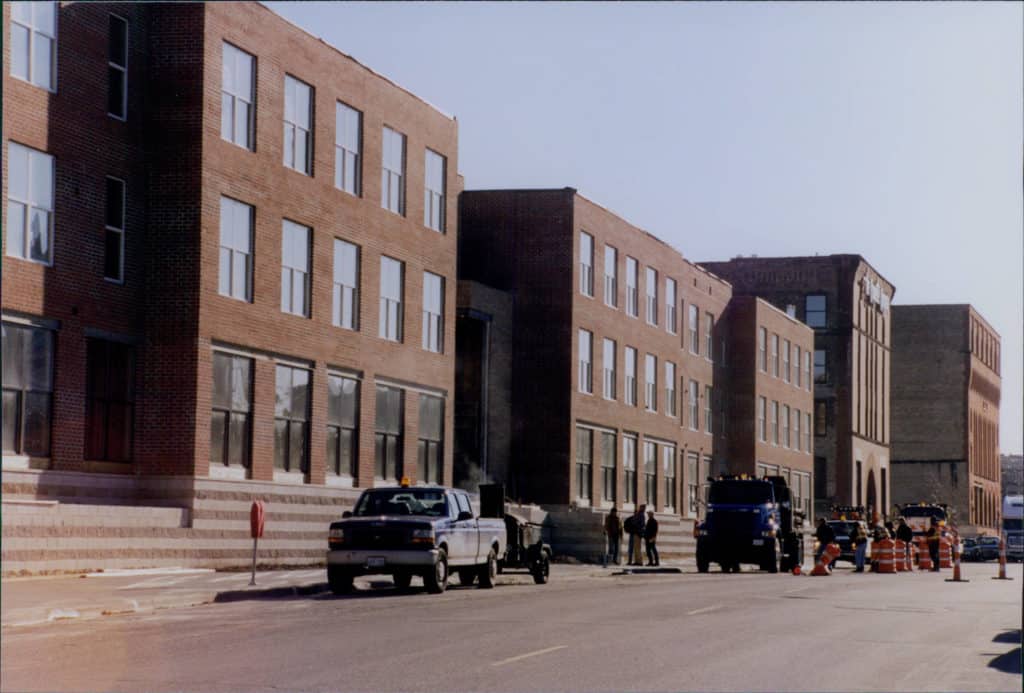
1998 photo: Hennepin County Library
Please visit the Historic North Loop section of this website for many more fun photos and articles about our neighborhood’s history.
By Mike Binkley, North Loop volunteer*
(*not an actual historian; I just pulled together information from newspaper archives, public records, online searches and most helpfully, the digital archives at the Hennepin County Library)

